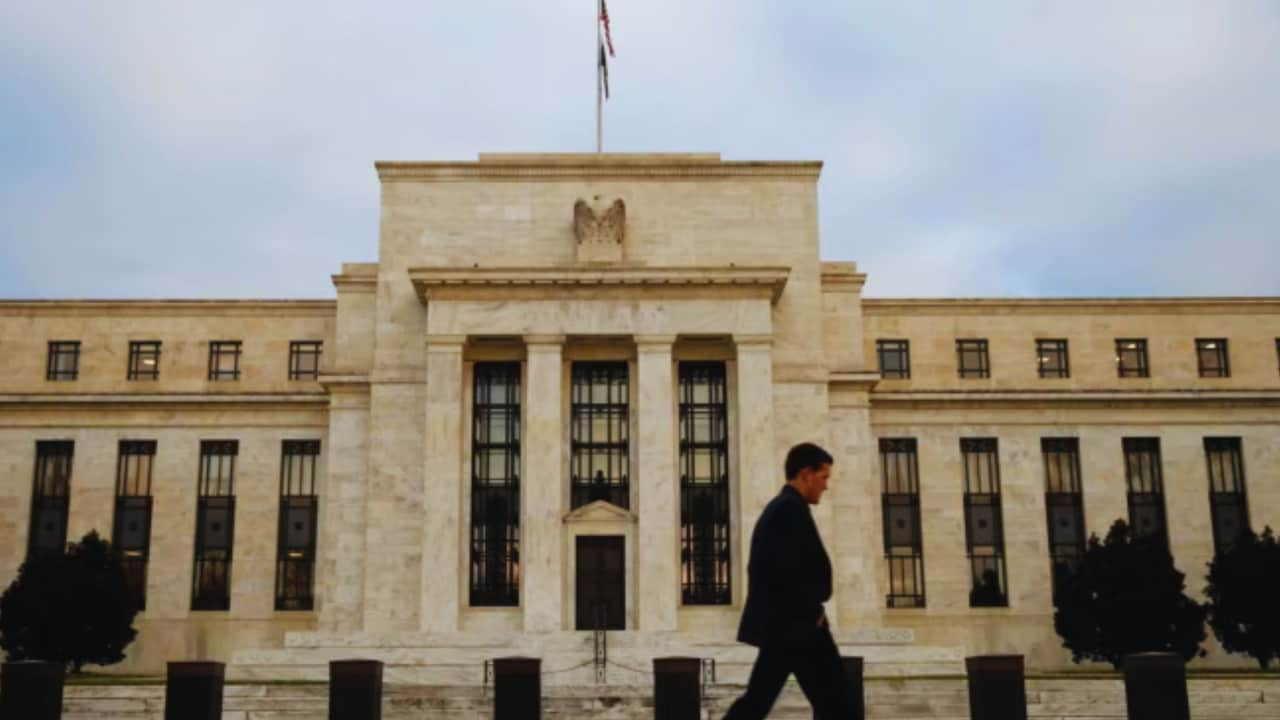Fed’s Tug-of-War: The Heated Debate Behind September’s Big Rate Cut
In a move that caught many off guard, the Federal Reserve slashed interest rates by half a point last month. But newly released meeting minutes reveal a spirited debate behind closed doors. Let’s dive into the details and what they mean for the economy and your wallet.
The Big Cut: Not a Unanimous Decision
The Fed’s choice to lower rates to 4.75-5% wasn’t a cakewalk. Here’s how it played out:
- 11 out of 12 voting members backed the big cut
- Michelle Bowman stood alone, pushing for a more minor, quarter-point cut
- Some non-voting members also leaned towards a more cautious approach
Bowman argued that a “more measured” quarter-point cut would “avoid unnecessarily stoking demand.” In plain English? She worried a big cut might overheat the economy.
The Case for Going Slow
Those favoring a more minor cut had several points:
- Watch and Wait: A quarter-point cut would give time to see how the economy reacts.
- Steady Does It: Smaller, more frequent cuts might be easier for markets to handle.
- Inflation Isn’t Dead: Some officials noted that prices were rising faster than ideal.
The minutes state, “Several participants noted that a 25 basis point reduction would be in line with a gradual path of policy normalization.” In simpler terms, they wanted to ease off the brakes slowly, not slam on the gas.
Why Some Wanted to Go Big
The majority backing the half-point cut had their reasons too:
- Keep the Good Times Rolling: They believed a more significant cut would “help sustain the strength in the economy and the job market.”
- Balancing Act: A more significant cut could fight inflation while supporting growth.
- Making Up for Lost Time: Many thought a quarter-point cut in July (when they held steady) would have made sense.
Looking Ahead: Don’t Bank on Another Big Slash
The minutes hint that future cuts are likely to be more modest. Here’s why:
- Officials see a “gradual path” to lowering rates to a “neutral” level that neither boosts nor slows the economy.
- Recent substantial job numbers have calmed recession fears.
- Top Fed officials, including Chair Jerome Powell, have signaled they’re “not in a hurry” to cut rates quickly.
New York Fed president John Williams told the Financial Times that more minor cuts in coming meetings are a “perfect base case.” Translation? Don’t expect another big surprise soon.
The Road to “Just Right”
The Fed is aiming for a Goldilocks scenario – not too hot or cold. They want to:
- Get inflation down to their 2% target
- Keep unemployment low
- Avoid sparking a recession
It’s a tricky balance. Cut rates too fast, and inflation might flare up. Move too slow, and the economy could stall.
What the Numbers Say
Recent data is giving the Fed some breathing room:
- U.S. employers added 254,000 jobs in September
- Unemployment dipped to 4.1%
- Inflation is cooling, with forecasts pointing to 2.3% for September (the lowest since early 2021)
But it’s not all rosy. “Core” inflation, which leaves out food and energy prices, is still stubbornly high at 3.2%.
What It Means for You
- Borrowers: Rates on loans and credit cards might drift lower, but don’t expect another significant drop soon.
- Savers: Unfortunately, your savings account interest might take a minor hit.
- Job Seekers: The strong job market looks set to continue, at least for now.
The Crystal Ball: What’s Next?
- November Meeting: The Fed meets again just after the U.S. election. Most experts predict a more minor, quarter-point cut.
- Watching the Data: Every jobs report and inflation number will shape the Fed’s next moves.
- 2025 Outlook: The Fed’s “dot plot” (their best guess at future rates) suggests we could see rates around 3.25-3.5% by the end of next year.
The Balancing Act Continues
As Dallas Fed president Lorie Logan put it, there’s still a “meaningful risk that inflation could get stuck above our 2% goal.” The Fed’s careful dance between supporting growth and fighting inflation will shape policy for months.
Stay tuned as we approach the Fed’s next meeting in early November. The debate over rates is far from over, and every decision will ripple through the economy – and, potentially, your wallet.
Table of Contents
